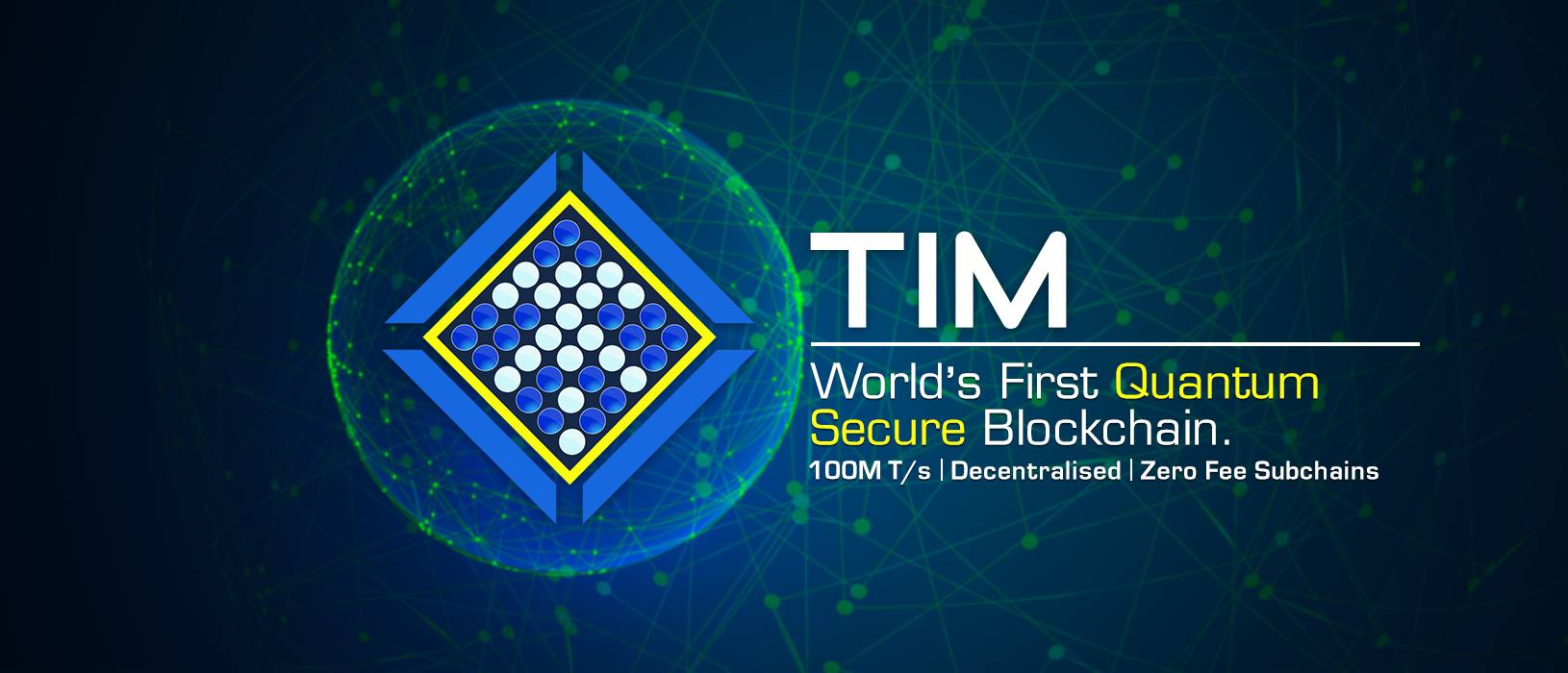A recurring theme throughout otherwise worthwhile and meritable cryptocurrency projects is a striking inability to take on legitimate real world usage. While in theory, such networks have wildly exciting applications, the reality is that such meaningful use is impractical. Talking.IM’s future-ready blockchain, however, provides a network fully prepared to take on any level of use worldwide.
Disclosure: This is a Sponsored Article
Dynamic Sharding with Directed Acyclic Graphs (DAG)
Talking.IM (TIM) is a revolutionary blockchain network that utilizes a two-layer implementation that shards, or splits, the universal blockchain into a number of DAGs(graphs) in order to maximize efficiency of the network and provide a framework that can scale to any level of activity, potentially taking on even 100 million transactions per section.
Essentially, graphs represent geographic localities. The more activity the network sees, the more graphs are utilized. For example, if a graph represents Asia, and an explosion of usage is seen in Singapore (perhaps a major industry adopts TIM), the graph representing Asia would fork into two- with the Singapore locality maintaining their own graph and the rest of Asia operating on the same graph. If more and more usage is seen in Singapore, the nation could even see sharding into any number of graphs until the entire volume of activity can be seamlessly executed.
Graphs represent the first layer of the Talking.IM network. These sharded graphs exemplify a distributed merkle tree. What this means is that participants in the network do not need to interact with and store the entirety of this layer of the network. Additionally, each block in the network only needs to store a small portion of the total layer- or a fraction of the merkle tree. This implementation eliminates bloat that would otherwise cripple the scalability of the network- as can be seen in a vast majority of existing cryptocurrencies. This also provides an even more efficient manner of interactions, because the geographic sharding of the network means all transactions place in proximity with one another, thus reducing latency between peers. Additionally, this represents a much more eco-friendly approach than can be seen by other projects.
The second layer of TIM is the universal blockchain. This global chain is tasked to interact with and verify the individual graphs. The miners propagating the first layer graphs cooperate with miners on the second layer to ensure that no graph is growing independently from the global network. Essentially, top layer miners act as organizers- connecting a representative node from every graph to each node so that every graph will maintain consensus with each other and the top layer blockchain.
Applications of the Network
Beyond the massive scale of transactions, TIM utilizes a virtual machine for the creation and communication for smart contracts throughout the platform. With smart contracts, more intuitive and impactful activity can take place on the network.
The first implementation the development team is working on is an application called Blockchain Taxi. Blockchain Taxi will represent a peer-to-peer alternative to legacy ridesharing services (Uber, Lyft, etc.). By removing the middleman, users of the platform are not subject to excess fees and abuses of privacy associated with the centralized provider. Additionally, as graphs represent geographic localities, riders and drivers are connected in a dramatically more efficient manner, heavily reducing latency and redundancy so that connections take place in the quickest and least resource intensive manner possible.
As the network grows, it is logical to suggest that individuals and groups worldwide will create their own smart applications to interact with TIM exactly how they see fit. With a massively scaling network of potentially 100 million TPS, Talking.IM represents a blockchain environment fully equipped to take on any and all developments built upon it, that can similarly take on any level of activity experienced by said developments.

